(Mont-Saint-Père 1844 - Paris 1925)
The Thiers jetty in Arcachon
Pastel on paper
H. 24 cm; L. 31 cm
Signed lower right
Bears a number 5740 (ink stamp) on the back of the frame
Provenance : Private Parisian collection in the 1930s / 1940s
On the back of the assembly, the following handwritten inscriptions :
Authenticity guaranteed by letter from the Lorenceau gallery, rue La Boetie
The expert Jacques Tedesco also guaranteed it to me in August 1938, he added "It's pretty to the point of kneeling in front".
Guaranteed by Schoeller on September 4, 1945. Active in the art market since the 1840s, and expert in public sales since the 1860s, the Tedesco Frères house operated until 1941, at 33 avenue de l ' Opera in Paris; in 1937, the Tedesco brothers also had an office at 21, avenue de Friedland.
MR Schweitzer Gallery, 958 Madison Avenue, New-York, titled Plage Trouville, France (label). The Max Schweitzer gallery was particularly active in the 1960s / 1970s, and offered for sale a number of French artists from the end of the 19th century, as well as Turner, Tissot, Boldini ...
Bibliography :
Monique Le Pelley Fonteny, Léon Augustin Lhermitte (1844-1925), Catalog raisonné, 1991, Editions Cercle d'Art - n ° 632 “Plage de Trouville”, p.269. In the description of the work the author mentions the confusion between Trouville and Arcachon.
Léon Lhermitte is the son of a teacher. His father, noticing his aptitudes, sent him to train at the Special School of Drawing and Mathematics under the leadership of Horace Lecoq de Boisbaudran, of whom he remained a student until 1889 before entering the École des Fine Arts of Paris. Lhermitte exhibited for nearly fifty years at the Paris Salon from 1864 to 1911 paintings, drawings, charcoal and pastels. There he was awarded a 3rd class medal in 1874 and 2nd class in 1880. He was also awarded the Grand-Prix of the Universal Exhibition of 1889 which earned him the honor of participating as a jury in the Universal Exhibition of 1900 in Paris. From 1905, elected full member of the Académie des Beaux-Arts (Painting section) in the chair of Jean-Jacques Henner, he was also a member of the Société Nationale des Beaux-Arts (founder and vice-president) and of the Society of Pastellists. Lhermitte was made Knight of the Legion of Honor in 1884, Officer in 1894 then Commander in 1910, not to mention his rank of Commander of the Order of Leopold (Belgium). In the line of Jean-François Millet and Jules Breton, he excelled in naturalist painting. His works bear witness to the social life of workers and peasants at the end of the 19th century, where the artist represents small people during their work in the fields or in the city, but also moments of vacationing. Produced in the summer of 1914 when Lhermitte was with his family in the Arcachon basin, this pastel is part of a series of some well-known works representing the beach of this seaside town and the Thiers jetty, the name of the district which has become in the over the years the city center of Arcachon. It was in 1903 that the jetty and the square jutting out onto the basin were built. They had been preceded by the pier of Eyrac built during the last years of the reign of Louis-Philippe in 1847. Between these piers lie the hotels and villas posted on the front line to directly access this beach so much appreciated by the art of living reigning until the interwar period. Numerous photographs from this period illustrate the crowded beach and the first tens of meters of water where the pinnacles are at anchor. It was therefore during the first months of the Great War that Lhermitte stayed in Arcachon where he notably placed a portrait of his wife. Representations of these places are all the more rare by an artist specializing in pastel like Léon Lhermitte, a learned transcriptionist of the soft light of the basin. Her work leaving large areas of its composition in reserve to let the paper "speak", gives the impression that the wind sweeping the jetty is engulfed not only in the sails of pinnacles and small boats, but also in the work it -same. This technique is regularly found in Lhermitte, but particularly in his seaside pastels where the rough skies lend themselves particularly to a diffuse material.


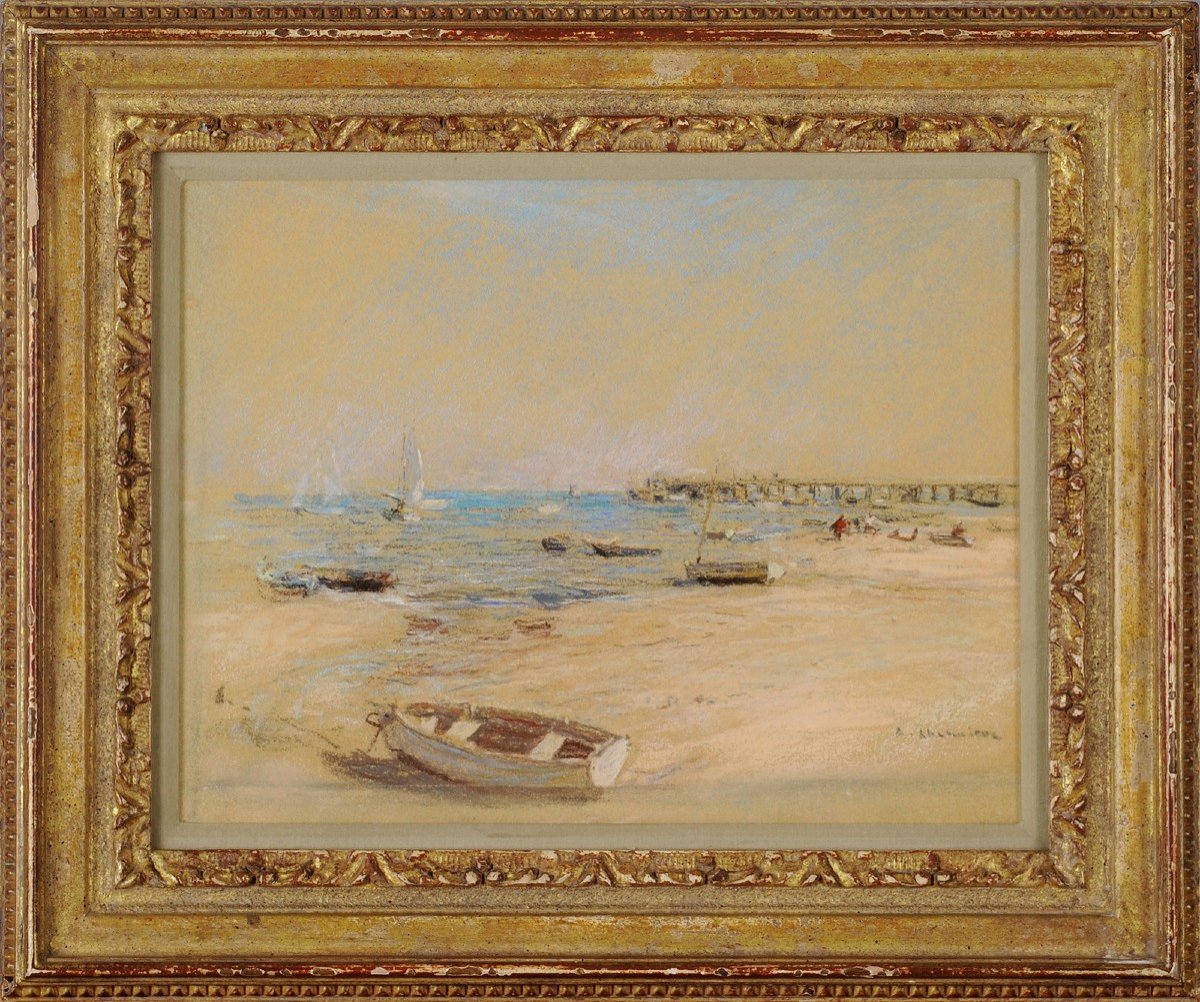

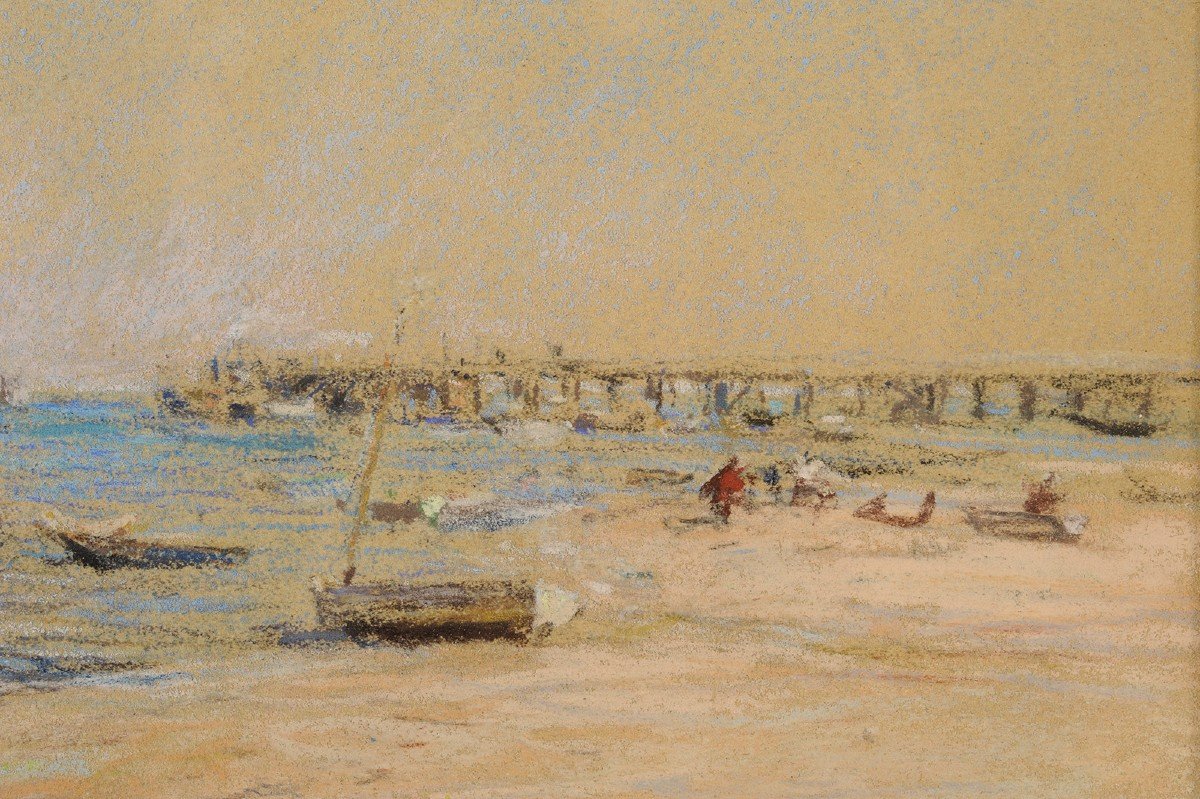








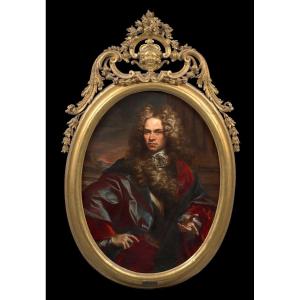

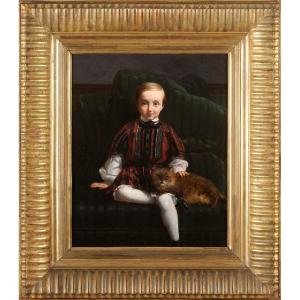









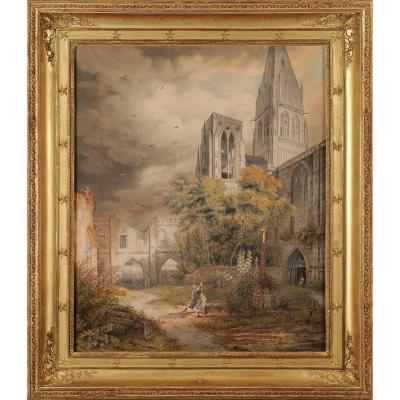
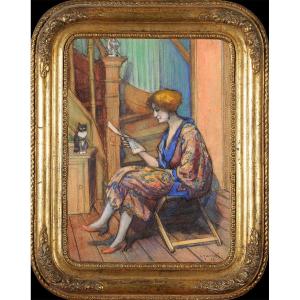
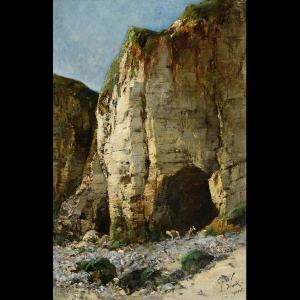
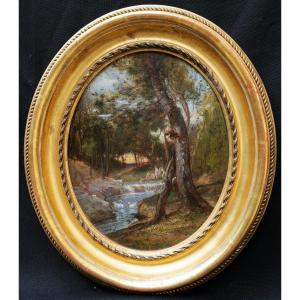
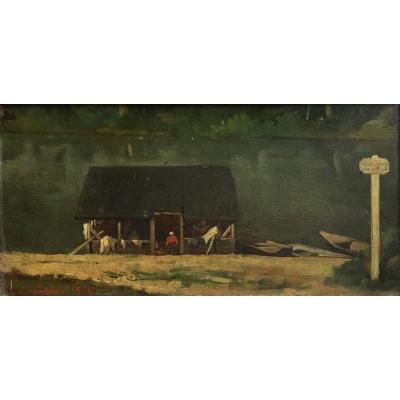
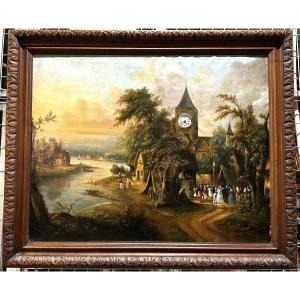
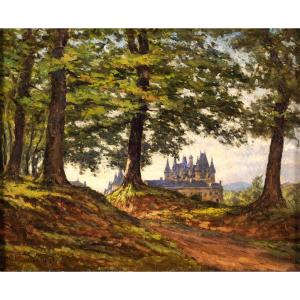
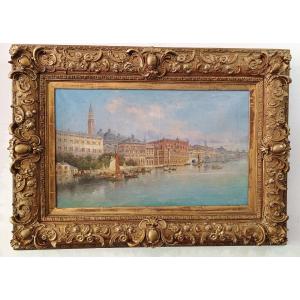



 Le Magazine de PROANTIC
Le Magazine de PROANTIC TRÉSORS Magazine
TRÉSORS Magazine Rivista Artiquariato
Rivista Artiquariato